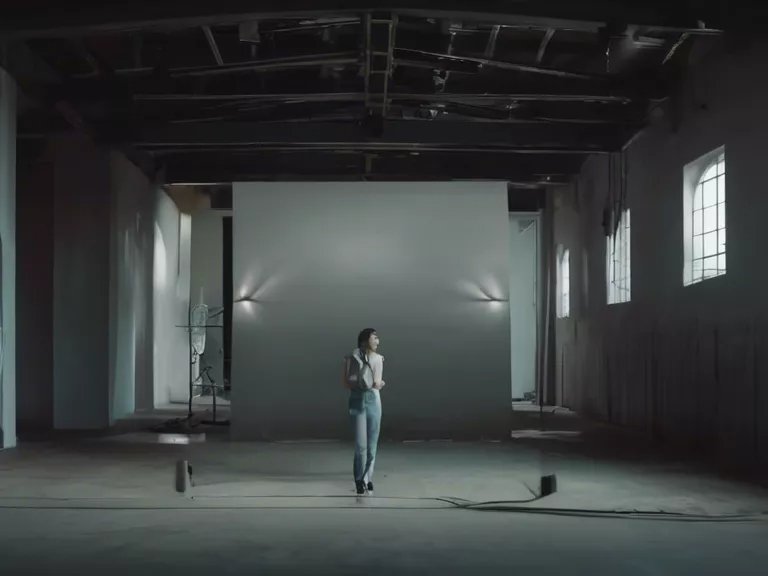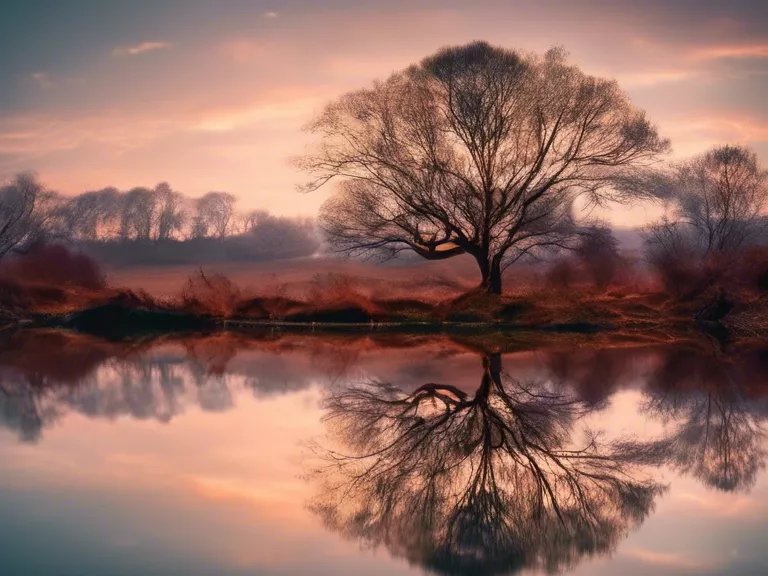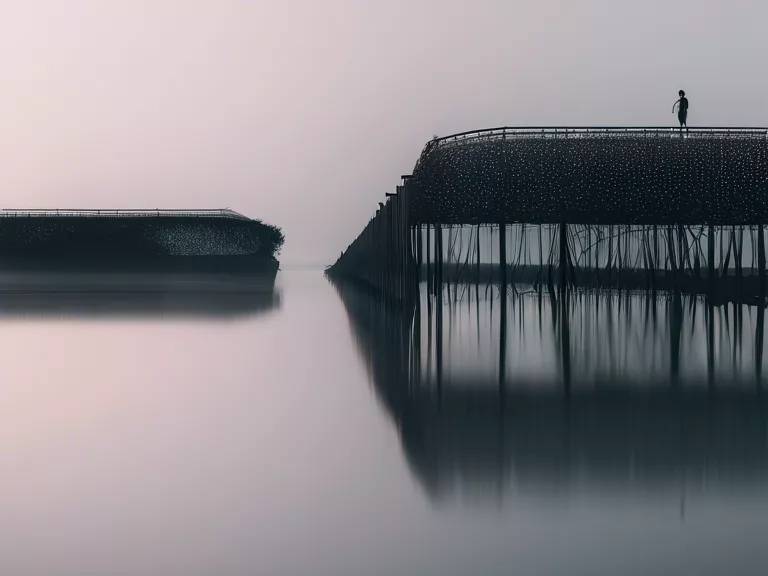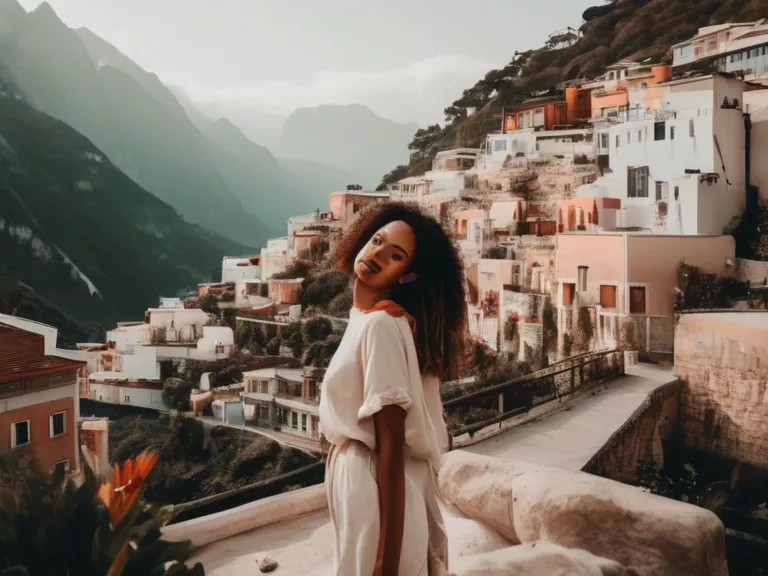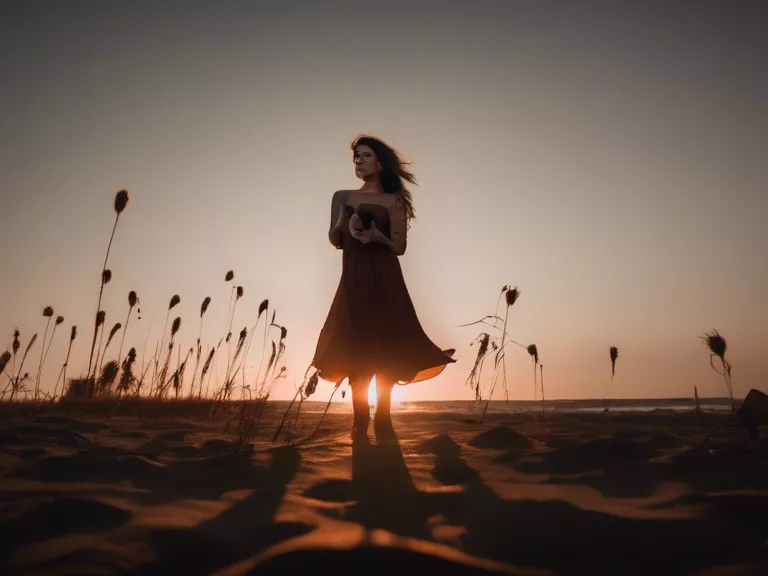
Photography in harsh or low lighting conditions can be challenging for beginners. But with the right tips and techniques, you can still capture stunning photos even in less than ideal conditions. Here are some beginner tips to help you improve your photography in harsh or low lighting situations.
Use a tripod: In low lighting conditions, your camera needs to have a longer exposure time to capture enough light. This can result in blurry photos if you don't have a steady hand. Using a tripod can help stabilize your camera and prevent camera shake.
Increase your ISO: Increasing your camera's ISO can help you capture more light in low lighting conditions. However, be careful not to raise it too high, as this can result in grainy or noisy photos. Experiment with different ISO settings to find the right balance.
Use a wide aperture: A wide aperture lets in more light, which is essential in low lighting conditions. It also creates a shallow depth of field, allowing you to focus on your subject while blurring the background.
Look for natural light sources: If you're shooting outdoors, try to position your subject near natural sources of light, such as windows or street lamps. This can help you capture more light and create interesting lighting effects in your photos.
Experiment with long exposure shots: In harsh lighting conditions, such as direct sunlight, try experimenting with long exposure shots. This can help you create dynamic photos with motion blur effects or capture stunning light trails.
By following these beginner tips, you can improve your photography skills and capture amazing photos in harsh or low lighting conditions.
